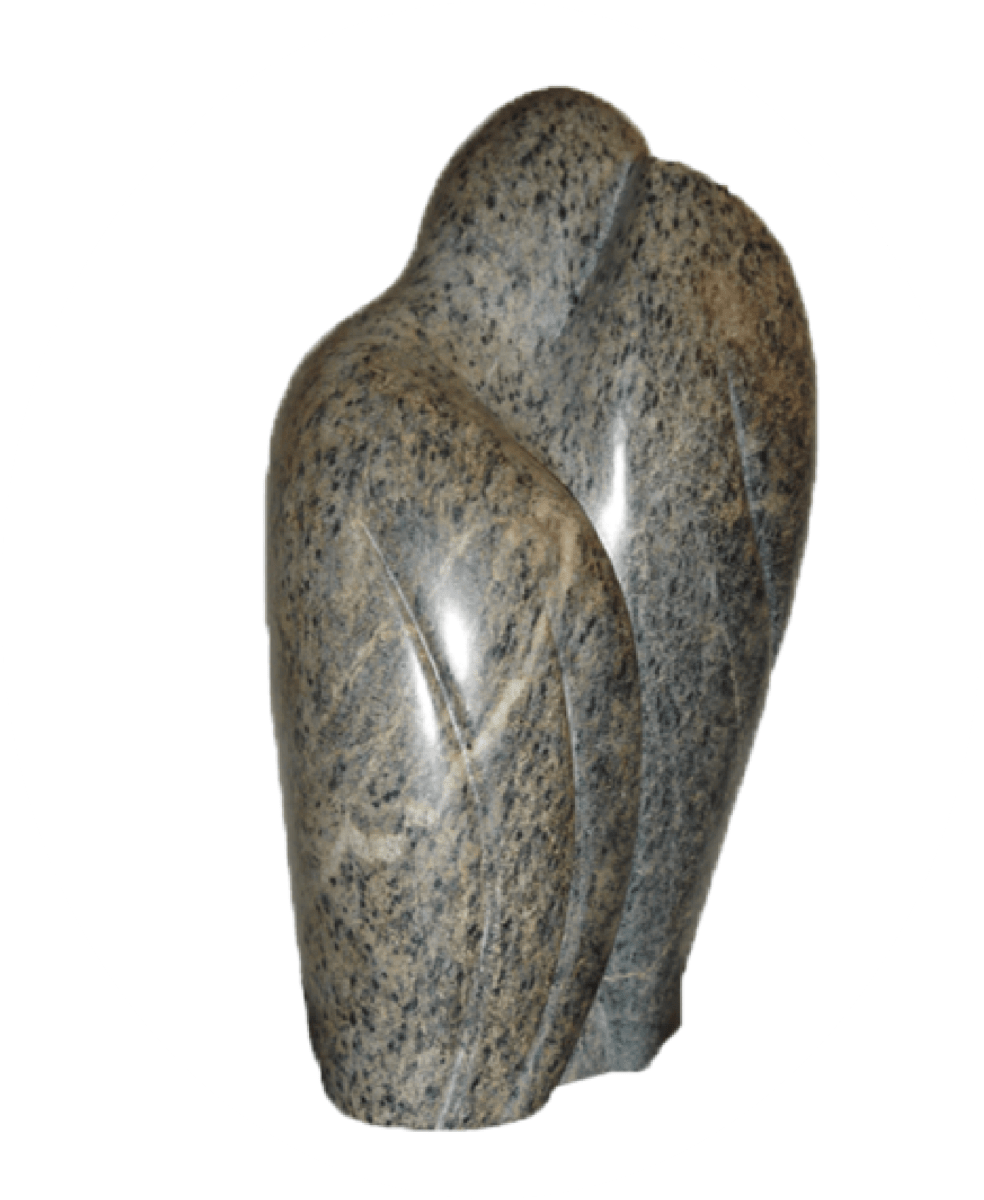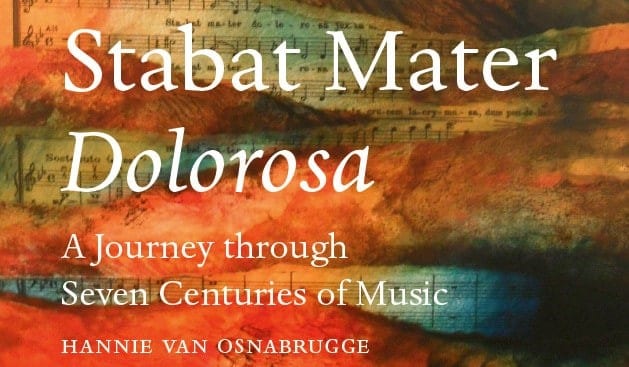João Rodrigues Esteves
About the composer
João Rodrigues Esteves, c. 1700- 1755. Not much is known about João Rodrigues Esteves. He was born in 1700 or some years earlier, and as he was not mentioned in records after the great Lisbon earthquake of 1755, he probably died in that disaster.
It is known that he was sent to Rome by King John V where he studied in the period 1719-1726 and from 1729 till 1751 he was chapel master of the Royal Chapel in the Lisbon cathedral. Though some hundred works are known of him, it is quite possible that part of his work was destroyed in the extensive fires that broke out after the earthquake.
Though Esteves composed some operas and chamber music, the largest part of his work are sacred pieces, mostly with organ accompaniment.
About the Stabat Mater
| Date: | 1740 |
| Performers: | Soprano, Alto, Tenor, Baritone and mixed choir, with organ and cello |
| Length: | 25.39 minutes |
| Particulars: | The Stabat Mater is considered as one of the highlights of Portuguese baroque music, in which Esteves made use of the developments in Italian music from his time in Rome. The work is divided into eleven parts, with solo's, duets and trio's, and ending in a grand choral fugue on the word Amen. |
| Textual variations: | The "Analecta"-version of the text is used, with one change: |
| Colour bar: |
|
Information about the recording
| CD1: | CAL 001: Calíope |
| More info: | The disc is a representation of what the Brazil ensemble Calíope likes to perform, baroque music by Brazilian and Portuguese composers. |
| Choir: | Calíope |
| Conductor: | Julio Moretzsohn |
| Soloists: | Gláucia Henriques, Helen Heinzle, sopranos |
| Other works: | Emerico Lobo de Mesquita: Missa para Quarta-Feira de Cinzas |
| Code: | EST-01 |
| CD2: | Sacred Music at the Court of King João V SP 4353 |
| More info: | Only four stanza’s from the Stabat Mater: |
| Soloists: | Paula Pires de Matos, soprano |
| Other works: | Jaime de la Té Y Sagáu, Cantata à Santa Maria |
| Code: | EST-02 |





